Biofeedback & Mind-Body Training Tools for Anxiety, ADHD, PTSD and Depression by Angelika Sadar
$219.99 $62.00
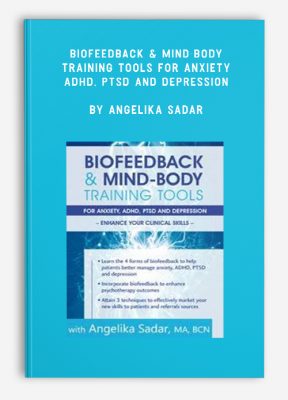
Biofeedback & Mind-Body Training Tools for Anxiety, ADHD, PTSD and Depression by Angelika Sadar
**More information:
Get Biofeedback & Mind-Body Training Tools for Anxiety, ADHD, PTSD and Depression at Salaedu.com
Description
- Learn the 4 forms of biofeedback to help patients better manage anxiety, ADHD, PTSD and depression
- Incorporate biofeedback to enhance psychotherapy outcomes
- Attain 3 techniques to effectively market your new skills to patients and referrals sources
All of us know what it is to have a long-term client who isn’t able to make the necessary changes to be successful — in spite of a lot of therapy.
Often, this client is going over the same thought processes repeatedly because they have suffered a trauma and their brains are wired in such a way that it doesn’t allow them to change.
We all know the frustrations of tweaking our therapeutic approach – and still not making headway.
Biofeedback is proven to help change by obtaining information about a person’s physiology and puts the power in the hands of clients. Why would you include this in your practice? You gain a way to work with the client other than talk therapy only – and biofeedback is especially effective with clients that are stuck, or have worked with multiple therapists without success.
Because the mind-body connection is as an important aspect of clients’ well-being, we are increasingly seeking techniques to improve that connection – and science is recognizing that ADHD, PTSD, anxiety /depression have physiological connection.
Therapists who offer this, and other electronic interfaces, offer their clients methods to gain better control over their brain function, physiological responses, and hence; their emotional regulation.
Join long-term psychotherapist and biofeedback expert Angelika Sadar, M.A., and participate in hands-on learning, demonstrations and leave with the skills to add integrate biofeedback into your practice.
Biofeedback: Roots and Practices
- The Origins of Biofeedback
- The Birth of Biofeedback Professional Organizations and Standards
- Operant Control of the EEG and the Pursuit of Alpha States
- Learning the Language of Biofeedback
- Biofeedback Today
Biofeedback Equipment Described- What is Measured
- Skin Temperature
- EMG Biofeedback
- Heart Rate Variability (HRV)
- Bioacoustical Utilization Device (BAUD)
- Cranial ElectroTherapy Stimulation (CES “AlphaStim”™)
- EEG Neurofeedback
- Passive Infrared Hemoencepholography (PIR-HEG)
- Interactive Metronome (IM)
Biofeedback for Anxiety
- Understand the Mind-Body Connection of Anxiety
- Selecting Biofeedback Tools to Enhance Therapy Progress with Anxiety
- Case Presentations of Anxiety Using Biofeedback Tools
- Live Demonstration of HRV and Skin Temperature Biofeedback for Anxiety
Biofeedback for Depression
- Understand the Mind-Body Connection of Depression
- Selecting Biofeedback Tools to Enhance Therapy Progress with Depression
- Case Presentations of Depression Using Biofeedback Tools
- Live Demonstration of PIR-HEG for Depression
Biofeedback for PTSD
- Understand the Mind-Body Connection of PTSD
- Selecting Biofeedback Tools to Enhance
- Therapy Progress with PTSD
- Case Presentations of PTSD Using Biofeedback Tools
- Live Demonstration of the BAUD for PTSD
Biofeedback for Peak Performance
- Understand the Mind-Body Connection of Peak Performance
- Selecting Biofeedback Tools to Enhance Peak Performance
- Case Presentations of Peak Performance Using Biofeedback Tools
- Live Demonstration of the EMG and IM Biofeedback for Peak Performance
Add Biofeedback to Your Practice
- Costs – Equipment and Training
- Certifications
- Advantages of Including Biofeedback in Your Practice
More information about Medical:
Medicine is the science and practice of establishing the diagnosis, prognosis, treatment, and prevention of disease.
Medicine encompasses a variety of health care practices evolved to maintain and restore health by the prevention and treatment of illness.
Contemporary medicine applies biomedical sciences, biomedical research, genetics, and medical technology to diagnose, treat, and prevent injury and disease,
typically through pharmaceuticals or surgery, but also through therapies as diverse as psychotherapy, external splints and traction, medical devices, biologics, and ionizing radiation, amongst others.
Medicine has been around for thousands of years, during most of which it was an art (an area of skill and knowledge) frequently having connections to the religious and
philosophical beliefs of local culture. For example, a medicine man would apply herbs and say prayers for healing, or an ancient philosopher and physician would apply bloodletting according to the theories of humorism.
In recent centuries, since the advent of modern science, most medicine has become a combination of art and science (both basic and applied, under the umbrella of medical science).
While stitching technique for sutures is an art learned through practice, the knowledge of what happens at the cellular and molecular level in the tissues being stitched arises through science.
1 review for Biofeedback & Mind-Body Training Tools for Anxiety, ADHD, PTSD and Depression by Angelika Sadar
Add a review Cancel reply
Related products
HEALTH - FITNESS - LIFESTYLE - MEDICAL
HEALTH - FITNESS - LIFESTYLE - MEDICAL
HEALTH - FITNESS - LIFESTYLE - MEDICAL
HEALTH - FITNESS - LIFESTYLE - MEDICAL
HEALTH - FITNESS - LIFESTYLE - MEDICAL
HEALTH - FITNESS - LIFESTYLE - MEDICAL
HEALTH - FITNESS - LIFESTYLE - MEDICAL
HEALTH - FITNESS - LIFESTYLE - MEDICAL

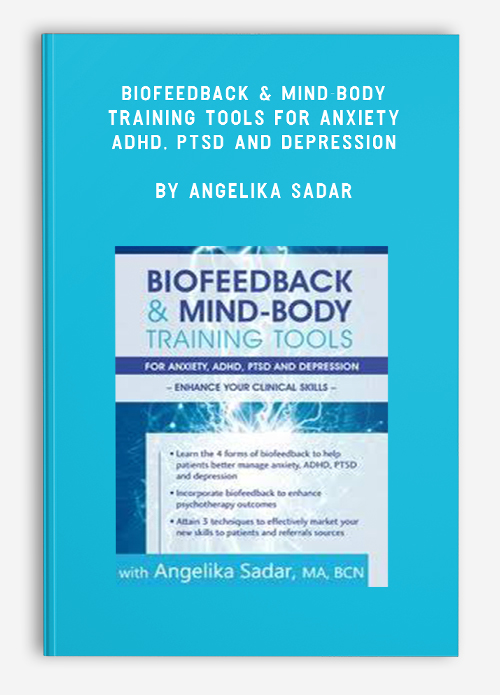
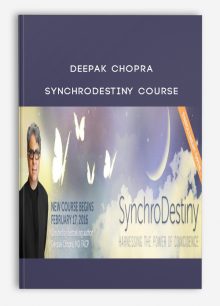
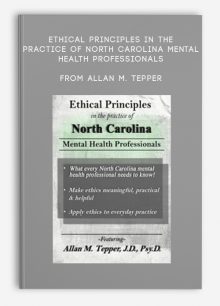
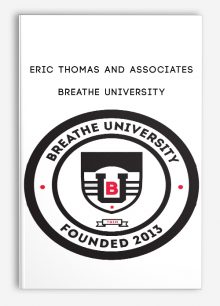
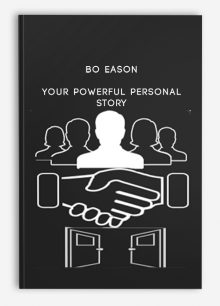
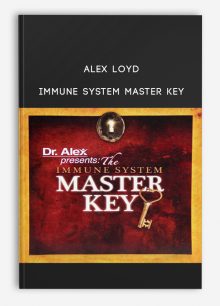
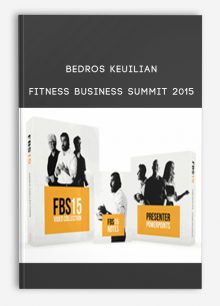


Trevis Trevis –
We create this shop with the mission: Bring the courses to 500 millions of people in the world, to help them awake their power and change their